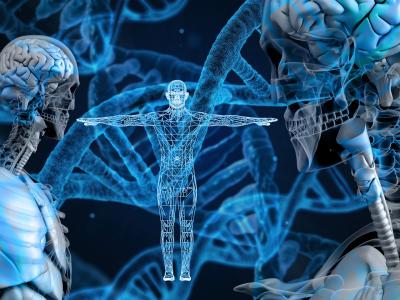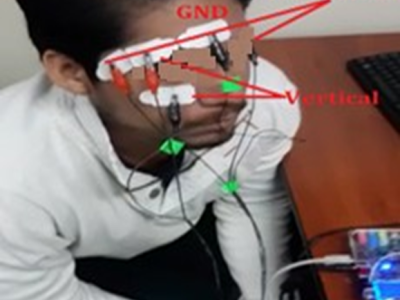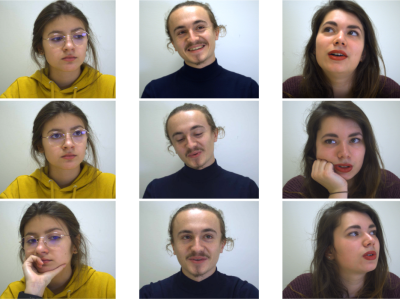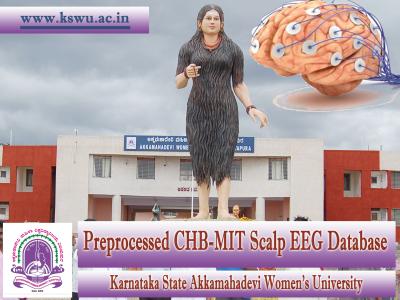A randomized controlled trial on clinical effect of Proprioceptive Neuromuscular Facilitation combined with Spiral Stabilization of Spine in the treatment of children with adolescent idiopathic scoliosis

- Citation Author(s):
-
Danning Nie (南京师范大学)
- Submitted by:
- Danning Nie
- Last updated:
- DOI:
- 10.21227/mqem-cp79
Abstract
BACKGROUND: The exercise intervention therapy has been shown to relieve mild idiopathic scoliosis and address the paravertebral muscle imbalance on both sides of the spine. However, further studies are needed to validate proprioceptive facilitation technique (PNF) and spiral muscle chain training (SPS) effectiveness in addressing other spinal abnormalities, and to explore their stacked benefits in the treatment of scoliosis. ASK Aim "Inserisci qui l'aim" \* MERGEFORMAT FILLIN aim \* MERGEFORMAT
AIM:The aim of this study was to investigate the effects of proprioceptive facilitation technique (PNF) and spiral muscle chain training (SPS), which were administered three times per week, on children diagnosed with adolescent idiopathic scoliosis.
DESIGN: Four-group parallel randomized controlled trial.
SETTING:School exercise.
POPULATION:This four-arm randomized controlled trial will recruit 32 adolescent patients who have been diagnosed with idiopathic scoliosis.
METHODS: Thirty-two participants (n.=8 in each group).PNF, SPS, combination therapy and control group will receive their respective intervention three times weekly for a duration of 12 weeks. Angle of trunk inclination (ATI),body balance parameters, root mean square (RMS) values, integrated electromyography (IEMG) values, median frequency(MF) and mean power frequency(MPF) were collected to evaluate the degree of scoliosis.
RESULTS:Effect of 12-week PNF combined with SPS were examined using one-way ANOVA and multiple comparisons before and after the experiment. The combined group had better effects in head deflection difference (d) and shoulder height difference (d). Significant effects pre- and post-intervention were found for each electromyography indexes of each experimental group, better improvement in RMS and IEMG were observed for each muscles in the SPS group, while fatigue resistance improved for both right trapezius muscle and erector spinae muscle in the combined group.
CONCLUSIONS: In each test, we discovered increased levels of ATI, body balance parameters and surface electromyography values in each experimental group but not in the control group. These findings suggested that PNF combined with SPS could benefit adolescent idiopathic scoliosis(AIS) patients through activated a maximum number of motor muscle fibers and enhanced muscle fatigue tolerance levels.
CLINICAL REHABILITATION IMPACT: The results are anticipated to consolidate the therapeutic efficacy of proprioceptive neurosensory facilitation techniques and spiral muscle chain training in children with adolescent idiopathic scoliosis, while also providing comparative information on the adherence, feasibility, and applicability of rehabilitation methods as exercise strategies for scoliosis prevention.
Instructions:
The data included the trunk tilt angle, head deflection, shoulder height, pelvic height, root mean square value, integrated electromyography value, average power spectrum slope over time, and median spectrum slope over time before and after the trial.
 66 views
66 views






